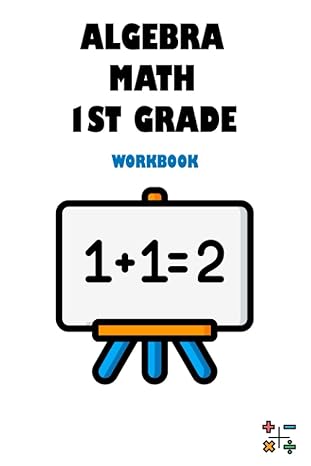Answered step by step
Verified Expert Solution
Question
1 Approved Answer
Math 2250: Calculus I For Science And Engineering Fall 2015, Dr. Klipper Paper Homework 6: Due Friday, October 16, 2015 Write up solutions to the
Math 2250: Calculus I For Science And Engineering Fall 2015, Dr. Klipper Paper Homework 6: Due Friday, October 16, 2015 Write up solutions to the following problems with all detail shown. Present your work well! Style and clarity will be part of your grade. (See the syllabus for more detail about grade breakdowns.) You are allowed to show me early drafts of your work and get suggestions. 1. (based on WeBWorK Section 4.1 #15): Let f (x) = (x2 + 1) 2x + 3 where 3/2 x 0 (a) Find f (x), and simplify your answer to look like a fraction with (common) denominator 2x + 3. (b) Using part (a), determine the points where f (x) attains its absolute maximum and absolute minimum on [3/2, 0]. Make sure to explain how you obtain your critical values. 2. (similar to WeBWorK Section 4.2): In this problem, you will prove a nifty inequality for logarithms: ln(1 + h) < h for any positive number h. (a) Suppose h is an unknown positive number, and let f (x) = ln(1 + x) x. Explain why f (x) satises the conditions of the Mean Value Theorem on [0, h]. (b) By the Mean Value Theorem on [0, h], we know f (h) f (0) = f (c) h for some (unknown) value c satisfying 0 < c < h. What is the biggest that f (c) can get for this interval? HINT: Your f (c) expression will have a fraction in it. Remember that a fraction gets bigger when its denominator gets smaller. (c) Finally, use your result from part (b) to explain why f (h) < 0. Why does this mean ln(1 + h) < h
Step by Step Solution
There are 3 Steps involved in it
Step: 1

Get Instant Access to Expert-Tailored Solutions
See step-by-step solutions with expert insights and AI powered tools for academic success
Step: 2

Step: 3

Ace Your Homework with AI
Get the answers you need in no time with our AI-driven, step-by-step assistance
Get Started


